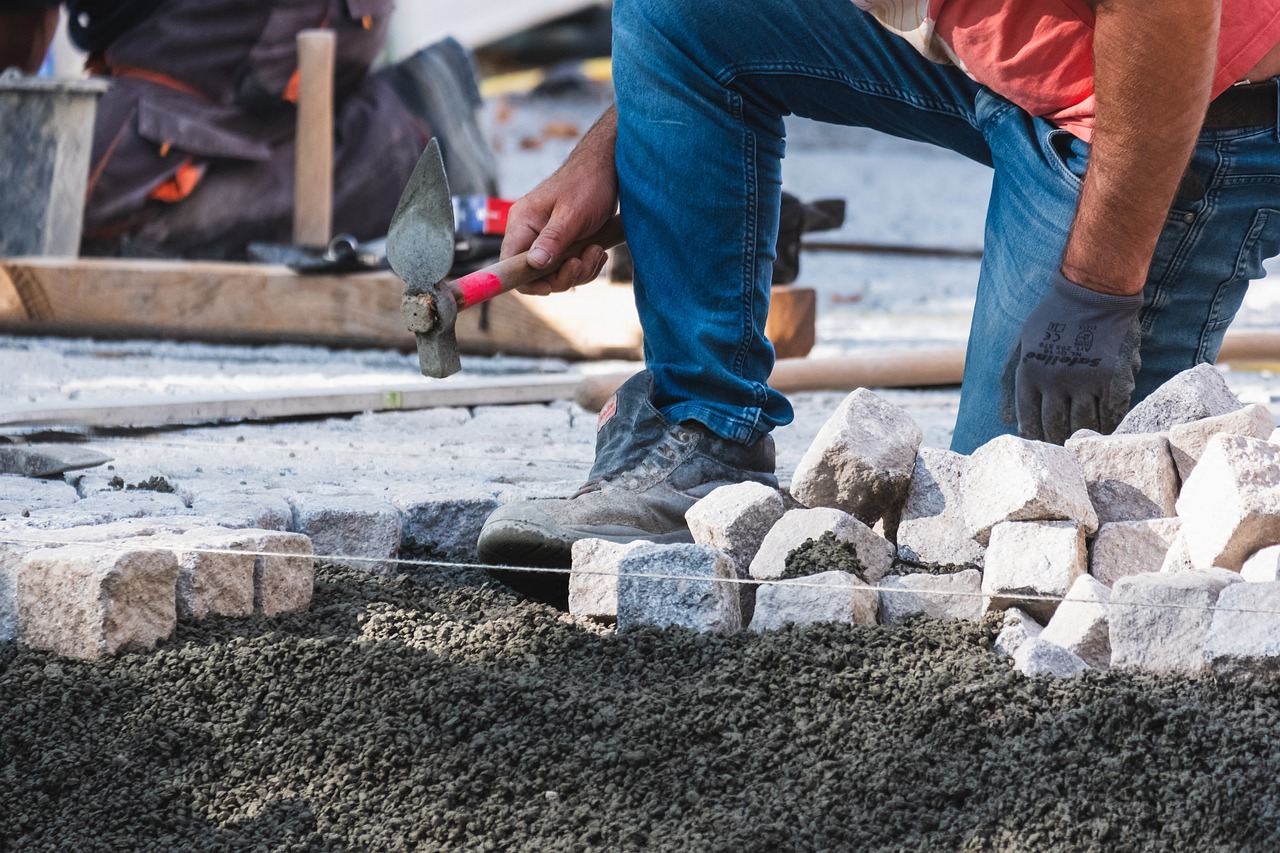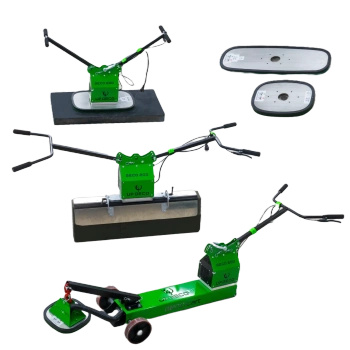How to meet the challenge? That is Unstable ground for the construction of pavement.

Laying cobblestone on a soft and unstable ground can pose a challenge, but there are certain steps that can be taken to ensure durability and stability of the surface. Below are some guidelines on how to proceed when dealing with a soft and unstable terrain for laying cobblestone.
-
Terrain assessment: The first step is to carefully assess the terrain where you plan to lay the cobblestone. Identify soft areas that may require special attention. Check for areas with high water saturation or where the soil is unstable.
-
Removal of organic layer: Remove the organic layer, such as grass, weeds, or plant roots, that can cause instability in the substrate. This can be done using a shovel or vegetation removal tools.
-
Excavation: Dig about 40-50 cm of soil across the entire area where the cobblestone will be laid. Remove the soft and unstable soil until you reach more stable substrate layers. It may be necessary to dig deeper than in the case of a stable terrain.
-
Substrate reinforcement: If the terrain is particularly soft and unstable, consider additional reinforcement of the substrate. This can be achieved by applying an additional stabilizing layer, such as geotextile or stabilization mesh. This layer will help strengthen the substrate and prevent future settling.
-
Stabilizing gravel layer: Instead of a traditional base, consider using a stabilizing gravel layer as the substrate. Stabilizing gravel is a special mixture of gravel and binder that is more stable and durable. A layer of stabilizing gravel will provide a solid foundation for the cobblestone.
-
Compaction and leveling: After laying the base or stabilizing layer, compact the surface thoroughly using a vibrating plate or roller. This will even out the surface and ensure substrate stability. Check for a uniform and level surface.
-
Use of concrete slabs: If the terrain is still too soft and unstable, consider using concrete slabs as a base for the cobblestone. Concrete slabs are stable and uniform, providing a solid surface for the cobblestone.
When consulting a professional paver with such a problem, they will conduct a thorough assessment of the terrain, taking into account its stability and soil composition. Based on this assessment, the professional paver will be able to suggest specific solutions, which may involve additional substrate reinforcement, a change in cobblestone laying technique, or the use of special materials.
In conclusion, laying cobblestone on a soft and unstable terrain can be challenging, but there are various ways to secure the surface. It requires a careful assessment of the terrain, removal of the organic layer, substrate reinforcement, and the use of proper techniques and materials. It is important to consult with experts to obtain specific advice tailored to your particular project.

The work of a paver is related to laying cobblestones or other types of pavement, such as concrete slabs. The scope of work for a paver may include:
- Site preparation: The paver may be responsible for preparing the site before laying the pavement. This may involve marking boundaries, removing existing surfaces, excavating and leveling the area, and placing a base layer.
- Laying the cobblestones: The paver must skillfully lay the cobblestones, creating different patterns and designs. They must ensure the surface is level and stable, using appropriate techniques and tools. They often use a rubber mallet to tap the cobblestones into place and achieve evenness.
- Cutting and fitting: Often, it is necessary to cut the cobblestones to fit the shape of the area being paved. The paver may use a stone saw or other tools to achieve precise fitting.
- Grouting: After the cobblestones are laid, the paver deals with grouting. This involves filling the gaps between the cobblestones with a special grout material, such as sand or specialized mixtures.
- Maintenance and repairs: The paver may also be responsible for the maintenance and repairs of the pavement. This may include stain removal, repairing damages, or replacing damaged cobblestones.
- Working with tools and machinery: The paver uses various tools and machinery, such as rubber mallets, stone saws, compactors, vibratory plates for cobblestone placement, and vacuum lifters for handling the cobblestones.
- Safety: Safety is essential in the work of a paver. The paver must wear appropriate protective clothing, use tools according to instructions, and prioritize the safety of themselves and others on the construction site.
It is important to note that the exact scope of work for a paver may vary depending on the specific project requirements and client preferences.

